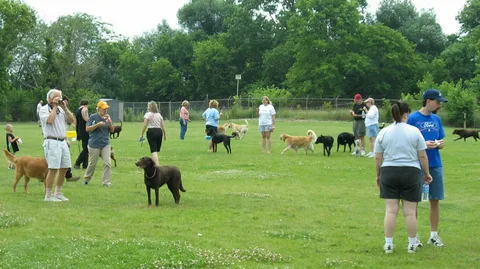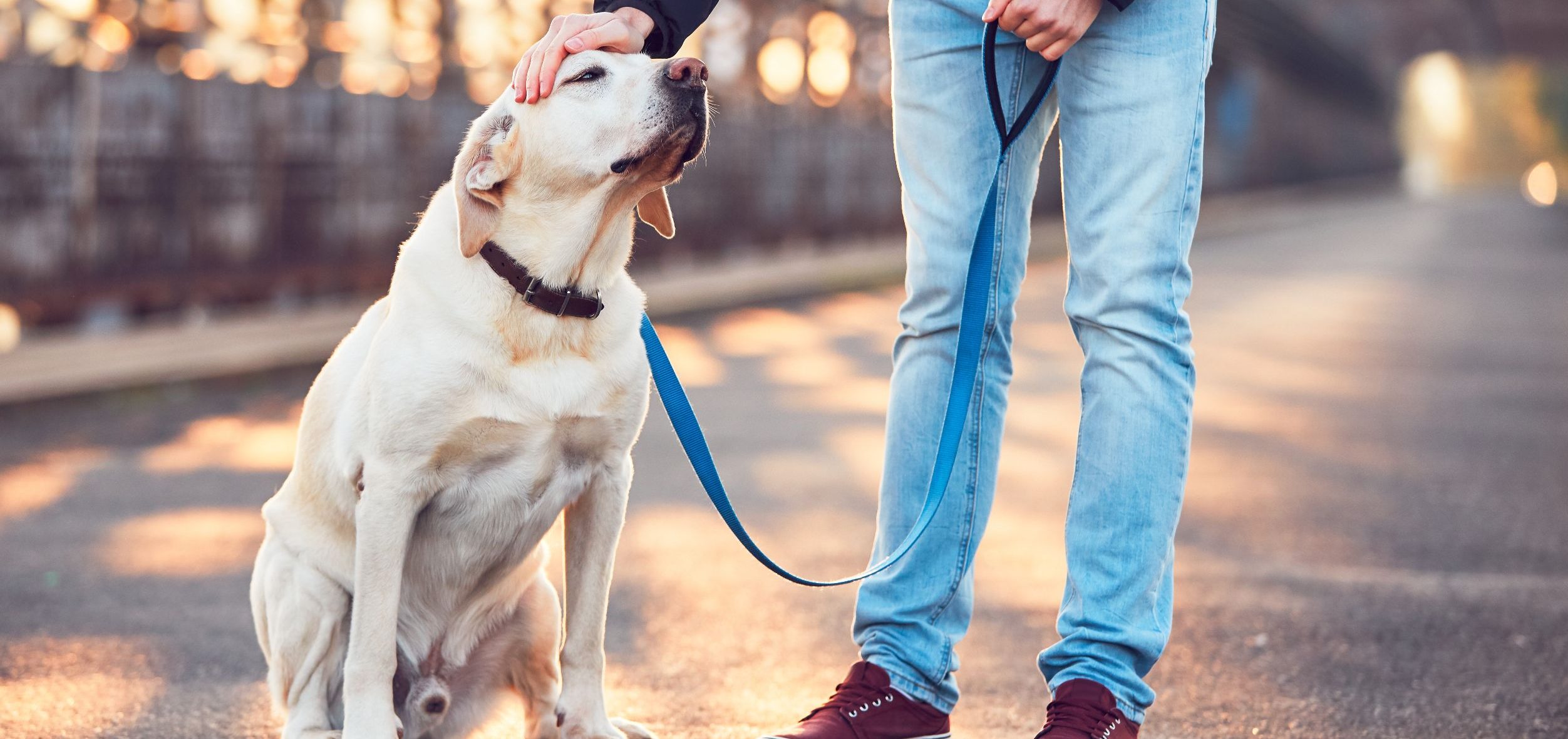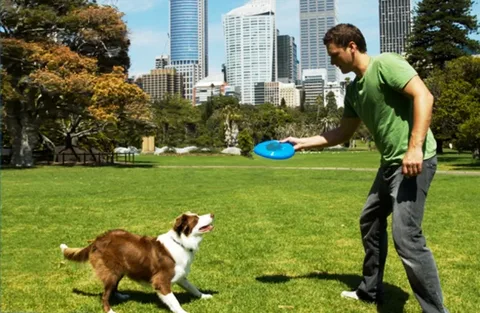When it comes to securing your property, especially if you own large dogs, finding the right fencing solution is paramount. Large dogs have specific needs when it comes to containment and safety, and as responsible pet owners, it’s crucial to explore all available options to ensure their well-being and the security of your property.
Understanding the Importance of Secure Fencing for Large Dogs
Large dogs, with their size and strength, require fencing that is sturdy and durable. They have the potential to break through or jump over inadequate barriers, posing a risk to themselves and others. Additionally, proper fencing helps prevent them from wandering off your property, getting lost, or encountering dangerous situations such as traffic or wildlife.
Factors to Consider When Choosing Large Dog Fencing Solutions
Height and Strength
One of the first considerations when selecting a fencing solution for large dogs is the height and strength of the material. Large dog fences should be tall enough to prevent jumping and sturdy enough to withstand attempts to push or break through.
Material
There are various materials to choose from when it comes to dog fencing, each with its own advantages and disadvantages. Wood, chain-link, vinyl, and wrought iron are among the most common options. Factors such as durability, maintenance requirements, and aesthetics should be taken into account when making your decision.
Visibility
While privacy fencing may be desirable for some homeowners, it’s essential to consider visibility when it comes to large dogs. Opaque fencing may create a sense of isolation for your pets and hinder their ability to see potential threats or stimuli outside the property. Opting for fencing with some degree of visibility can help alleviate this issue.
Cost
Budgetary constraints are often a significant factor in choosing a fencing solution. It’s essential to balance cost with quality and durability to ensure that you’re making a sound investment in the long-term security and safety of your property and pets.
Popular Large Dog Fencing Solutions
Chain-Link Fencing
Chain-link fencing is a popular choice for large dog owners due to its affordability, durability, and effectiveness. Its open design provides visibility while still containing even the most energetic of dogs. Additionally, it requires minimal maintenance, making it a practical option for busy homeowners.
Steel Panel Fencing
Steel panel fencing offers strength and durability, making it an ideal choice for large dog breeds. Panels are typically welded together, creating a solid barrier that is difficult for dogs to breach. While more expensive than some other options, its longevity and security make it a worthwhile investment.
Invisible Electric Fencing
Invisible electric fencing utilizes a buried wire that emits a mild electric shock when the dog approaches the boundary. While less visible than traditional fencing, it requires training to teach dogs the boundaries and may not be suitable for all pets, particularly those with high prey drives or stubborn tendencies.
Wooden Privacy Fencing
Wooden privacy fencing provides a solid barrier that offers both security and aesthetics. While it lacks the visibility of other options, it can be customized to match the style of your home and landscaping. However, it may require more maintenance over time to prevent rot and decay.
Conclusion
Securing your property with the right fencing solution is essential for the safety and well-being of your large dogs. By considering factors such as height, material, visibility, and cost, you can select a fencing option that meets your needs and provides peace of mind. Whether you opt for chain-link, steel panel, invisible electric, or wooden privacy fencing, investing in a quality solution will ensure that your pets remain safe and secure within your property boundaries.



